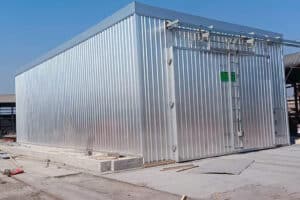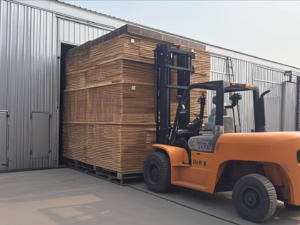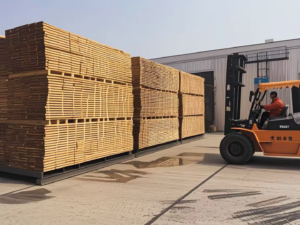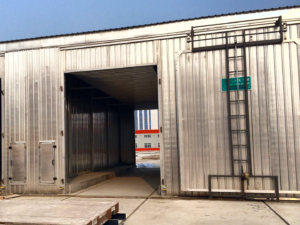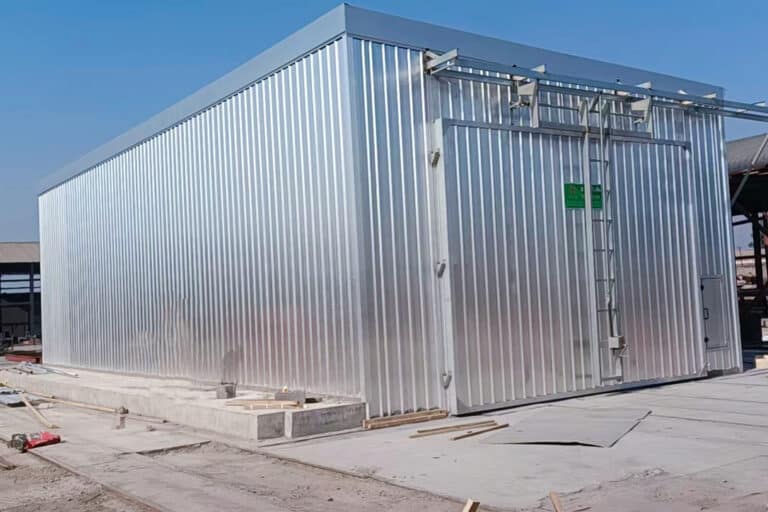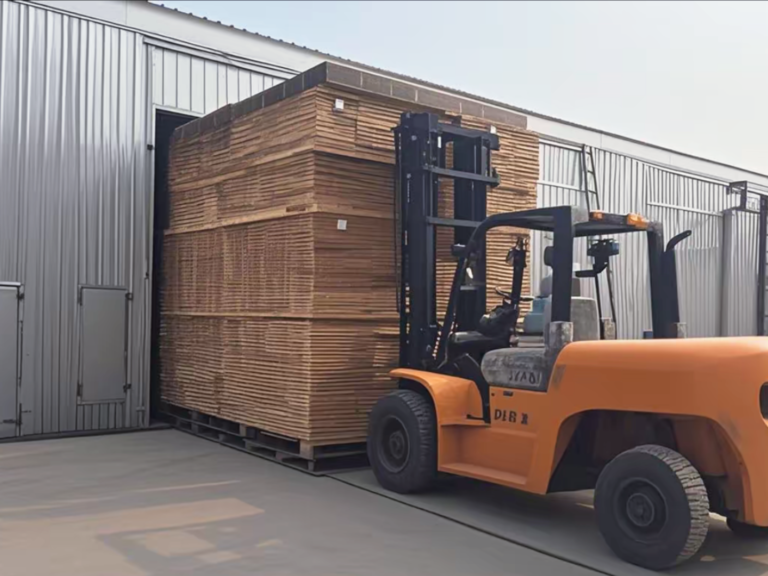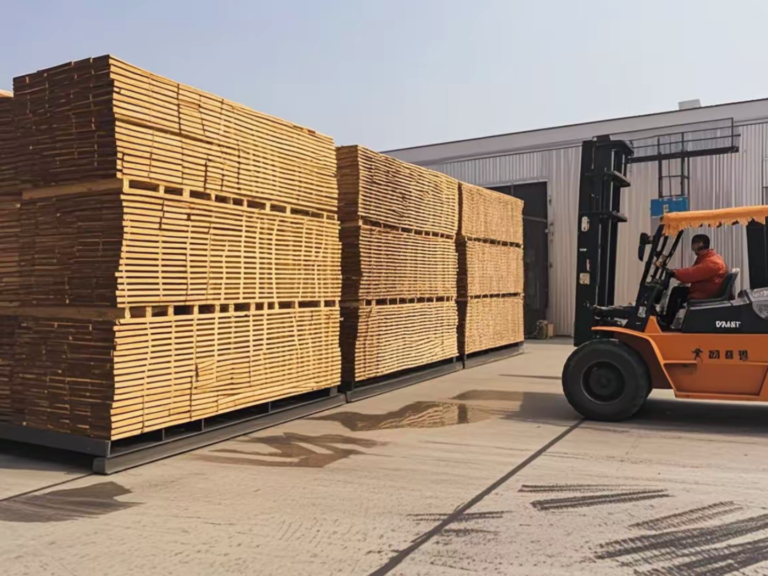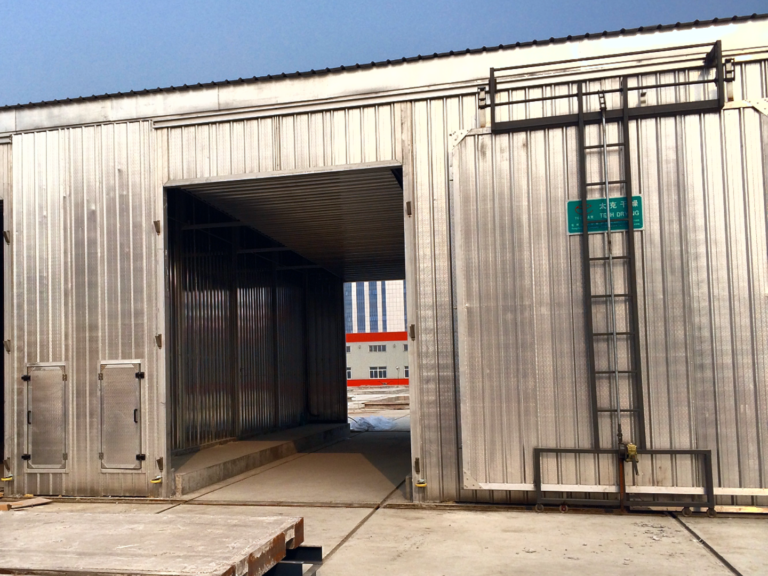Heat Exchanger
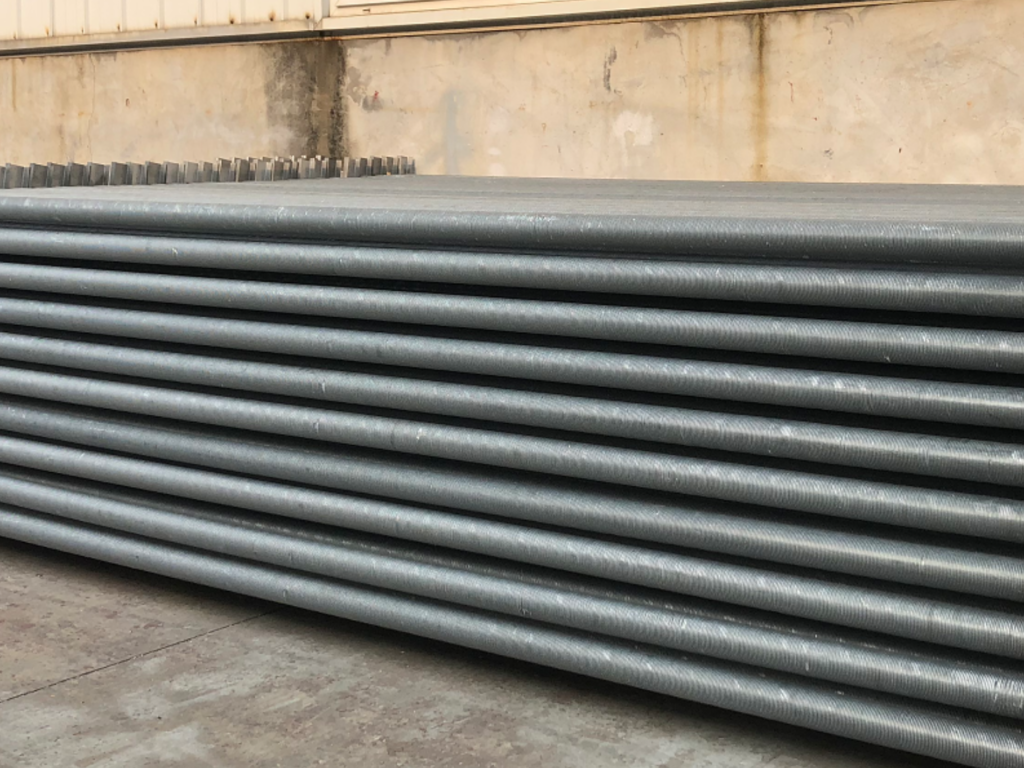
Heat Exchanger
Technical Parameters
- Base Tube: Crafted from top – tier Stainless Steel 304. This material is prized for its outstanding corrosion resistance, making it ideal for the demanding environment of a drying kiln. It can endure high humidity and temperature fluctuations over extended periods, ensuring long – term, trouble – free operation.
- Fins: Made of aluminum, a material renowned for its high thermal conductivity. This property enables the fins to efficiently transfer heat, maximizing the heat exchanger’s performance.
- Dimensions: Custom – fabricated to exact customer specifications. Whether it’s a small – scale drying kiln or a large industrial one, the heat exchanger can be tailored to fit perfectly, optimizing its installation and functionality.
Features :
Unrivaled Heat Dissipation
At the heart of the drying kiln heating system, this bimetallic aluminum – rolled fin heat exchanger is a game – changer. The seamless connection between the aluminum – rolled fins and the Stainless Steel 304 base tube results in an extremely high heat transfer coefficient. This allows for rapid heat transfer, quickly heating the air within the drying kiln. As a result, the drying process becomes faster and more energy – efficient, reducing overall drying time and operational costs.
Exceptional Durability
Reliability is a key feature. The use of stainless – steel in the base tube and all connecting pipelines, along with the corrosion – resistant aluminum fins, ensures the heat exchanger can withstand the harshest drying kiln conditions. It resists rust and degradation, minimizing the need for frequent maintenance or replacement. This long – lasting performance provides peace of mind for operators and reduces the total cost of ownership.
Custom – Engineered Heat Output
The heat output of this heat exchanger is precisely designed to meet individual customer needs. Whether it’s for drying different types of wood or adjusting to specific drying schedules, the heat exchanger can be fine – tuned to provide the perfect amount of heat. This ensures a stable and optimal thermal environment inside the drying kiln, which is crucial for producing high – quality dried wood. By maintaining a consistent temperature, it helps prevent issues like uneven drying, warping, or cracking, resulting in better – quality end products.
Related Products
